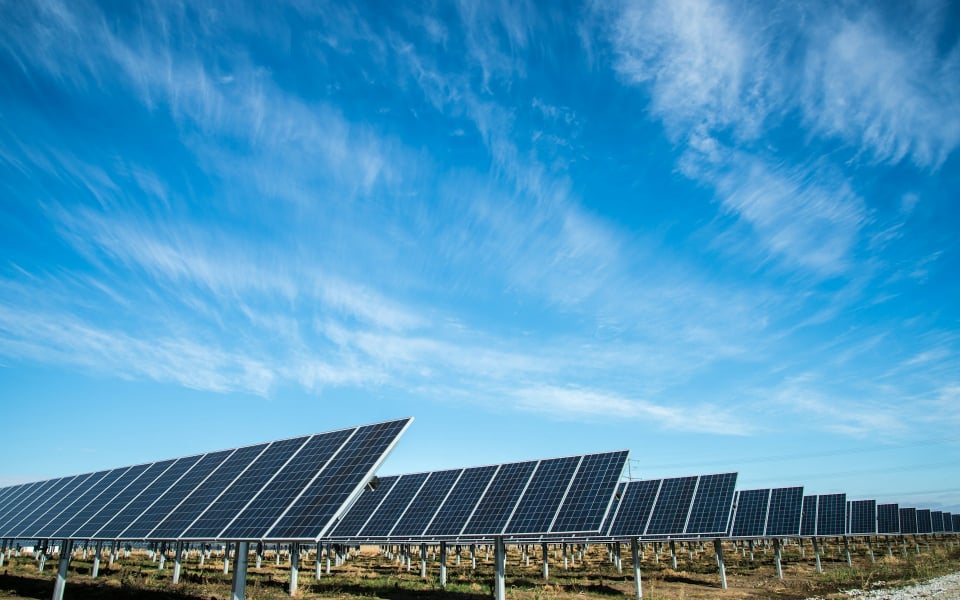Global electricity generation still relies, mostly, on coal and gas. However, the sector's growth rate in 2023 wasn't close to that of wind and solar.
That's according to the latest Global Electricity Review, published May 9 by UK-based climate think tank Ember.
Fossil fuel generation will fall in 2024 and subsequent years, the nonprofit predicts.
Whereas, the rate of solar adoption - the fastest-growing source of electricity in 2023 for the 19th year in a row - will continue to accelerate.
Per Ember's data, solar generation growth was more than 23%, far more than new electricity from fossil (0.8% growth) and wind (10%). See below.
The results bode well for the planet. NASA predicts Earth will see the global average temperature reach or exceed 3 degrees Fahrenheit within the next few decades.
"These changes will affect all regions of Earth," the agency says. "The severity of effects caused by climate change will depend on the path of future human activities."
Well, countries are slowly, but surely, adopting clean energy. In 2000, renewable energy (i.e. solar and wind) made up less than 19% of the global energy mix. Today, they make up more than 30%.
About 40% of the world's electricity was derived from low-carbon sources, including nuclear energy, in 2023.
Fossil fuels are on the decline. They generated 64.7% of the world's energy back in 2000; 60.6% in 2023; and are projected to generate 57.6% in 2024, Ember reports.
The International Energy Agency's Net Zero Emissions goal has a global target of 60% renewable electricity by 2030.
ETFs To Watch: Global X Solar ETF















